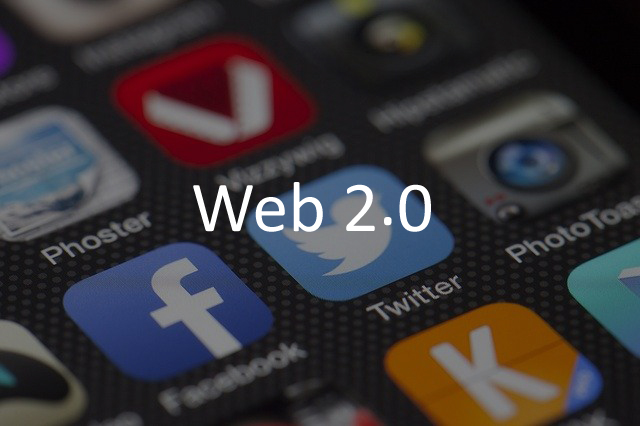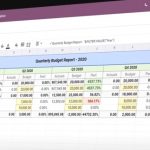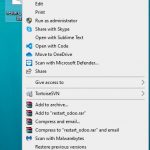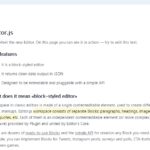The term “Web 2.0” was coined in 1999 by Darcy DiNucci, an American futurist and web technology consultant. It is used to describe the second generation of the World Wide Web, characterized by a shift from static documents being transferred through request-response mechanisms to dynamic documents that can be queried and interacted with over time. To understand what Web 2.0 is, it’s necessary to go back in time and take a look at how this new era came about!

In 2000-2001 web designers were designing for what they wanted on their websites but lacked collaboration or feedback with other designers in order to stay up-to-date with trends.
DiNucci’s paper was one of the first documents that summarized research into how people used the Internet, social software like blogs and wikis, as well as emerging technologies such as RSS feeds (which allow readers to subscribe to recent changes made), XML data formats (that give developers flexibility when creating data-driven websites), and AJAX (a computer programming technique that allows for the creation of interactive web pages).
Web 2.0 is a term used to describe the current state of web development, and in particular, the social media phenomenon. Web 2.0 is not a reference to a particular version of the web, but rather improvements in technology that have been made since the last decade.
Some Examples of Web 2.0
- Blog – The blog post is a personal journaling of thoughts and experiences that the blogger wants to share with the world via their Web site or other online communities like Live Journal. Bloggers can also contribute in forums (discussion boards) sites like Slashdot by posting comments about stories found through RSS feeds.
- Wiki – It is like a traditional encyclopedia that is created collaboratively by its readers. A wiki article consists of content chunks called “sections” which are linked together with “section headers”.
- RSS Feeds – This allows users to subscribe to recent changes made on websites they visit regularly in order to stay up-to-date with any new information published there. RSS feeds display the most updated posts from websites for people who want this kind of service as well as blogs. Web developers use them because RSS helps track when updates have been made so they do not need to manually check every day if something has changed since their last update.
- Social Networking – This era witnessed the birth of social networks like Facebook, Twitter, and LinkedIn where people could both create content as well as comment on them.
- Online Communities – Online communities are virtual worlds where members interact with one another over specific topics (e-g., photography). Members may collaborate together, chat live, or play games together while chatting simultaneously using voice/text chats.



